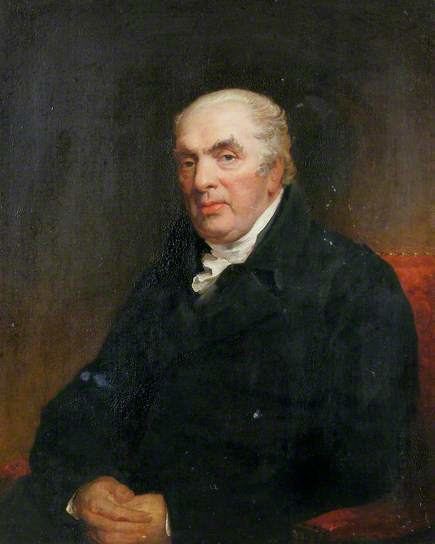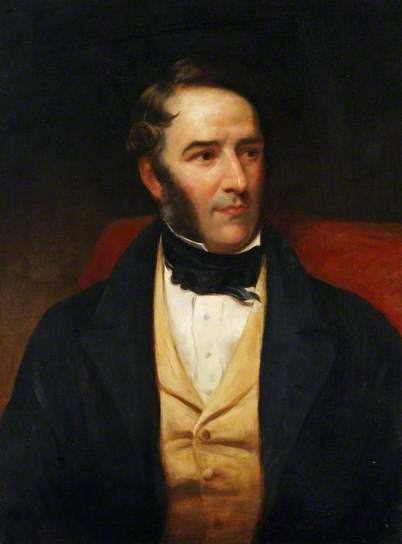Name Edward Rigby | ||
 | ||
Edward Rigby (1747–1821) was an English physician, writer, and local politician.
Contents

Life
The son of John Rigby, by his wife Sarah (d. 1773), daughter of John Taylor, he was born at Chowbent, Lancashire, on 27 December 1747. One of his sisters married Dr. Caleb Hillier Parry, and became the mother of Sir William Edward Parry. Educated at Norwich School and Warrington Academy, Rigby was apprenticed in 1762 to David Martineau, surgeon, of Norwich, and then studied in London. Admitted a member of the Corporation of Surgeons on 4 May 1769, he married in the same year, and settled in Norwich.
In 1786 Rigby took the lead in establishing the Norfolk Benevolent Society for the relief of the widows and orphans of medical men. In July 1789 he visited France and other parts of the continent, witnessing the storming of the Bastille. A practical agriculturist, he was the friend of Thomas William Coke of Holkham, he experimented on his own farm at Framingham Earl, about five miles from Norwich.
In 1783 Rigby became a member of the corporation of guardians of Norwich, and promoted the economical administration of the Poor Laws. Meeting with much opposition, he resigned in the following year. He became alderman in 1802 in a very tight contest for the North Ward, sheriff in 1803, and mayor of Norwich in 1805, presiding over a meeting addressing the issue of smallpox in the city. Rigby is said to have made known the flying shuttle to Norwich manufacturers, and to have introduced vaccination.
In politics Rigby was a Whig, and a supporter of William Windham. In 1794, however, when Windham became Secretary at War and had to stand again for Norwich, Rigby was one of the disillusioned Whigs who backed James Mingay against him, and proposed the candidate. Windham was elected, but Mingay's reputation as a Whig was boosted.
Rigby died on 27 October 1821, and was buried at Framingham.
Works
In 1776 Rigby published An Essay on the Uterine Hæmorrhage which precedes the Delivery of the full-grown Fœtus (3rd edit. 1784; 6th edit., with a memoir by John Cross, Norwich, 1822). This work was translated into French, by Marie-Anne-Victoire Gallain Boivin (1818), and German, and made Rigby's professional reputation. He wrote also:
His Letters from France, addressed to his wife in 1789, were first published by his daughter Lady Eastlake, London, 1880.
Family
Rigby married, first, Sarah, coheir of John Dybal, by whom he left two daughters, and secondly, in 1803, Anne Palgrave, daughter of William Palgrave of Great Yarmouth, by whom he had twelve children, four of whom, three girls and a boy, were the production of one birth on 15 August 1817. Edward Rigby (1804–1860) and Elizabeth Eastlake were among them.
